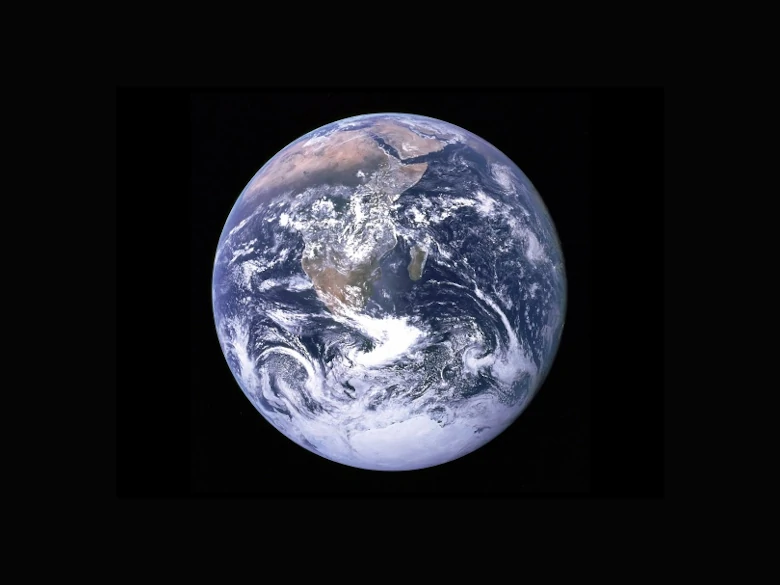Interactions Within Ecosystems
In this article, the following are the objectives that will be discussed.
- Define population, community and ecosystem.
- Explain how the physical environment affects the community living within.
Ecosystems
What is an ecosystem?
A group of organisms of the same kind living together in a habitat is called a population.
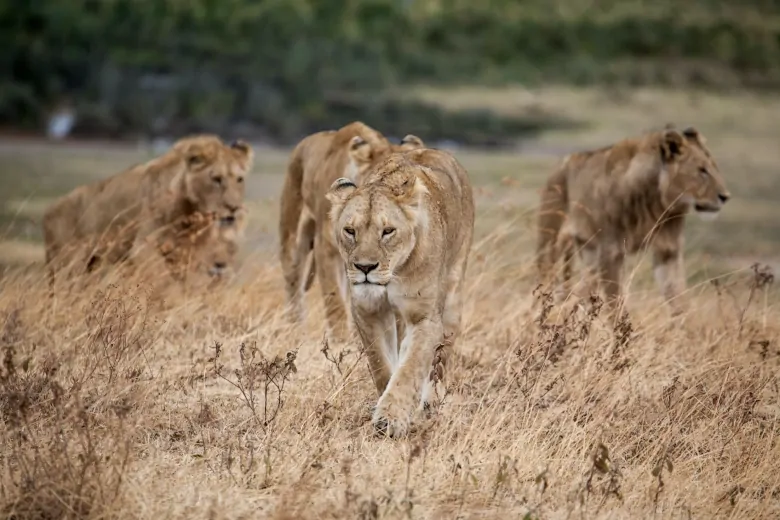
Image Credits: unsplash - Jeff Lemond
A habitat is a place where organisms live and reproduce. It provides food and shelter but no protection from the predator.
The different populations living together in the same habitat form the community.
An ecosystem is formed when the different communities of organisms interact with one another and with their environment.
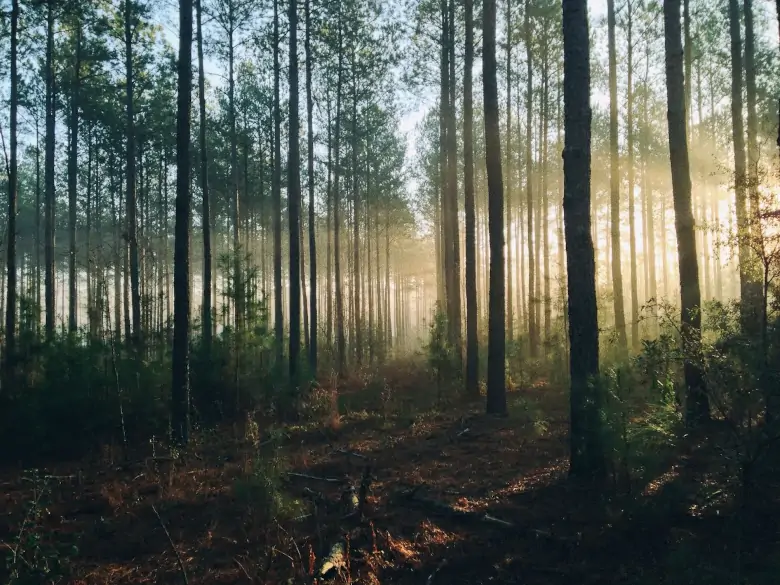
Image Credits: unsplash - Steven Kamenar
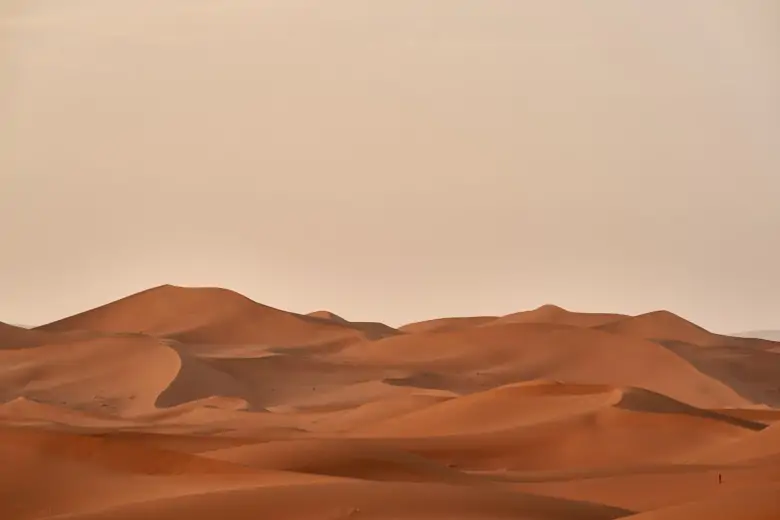
Image Credits: unsplash - Wolfgang Hasselmann
What are the factors affecting the environment of organisms?
- abiotic (non-living) environment
- biotic (living) environment
Abiotic Environment
What does the abiotic environment refer to?
Abiotic environment refers to the non-living (physical) part of the environment in a habitat that affects the living organisms.
The abiotic environment is determined by the following factors:
- light;
- temperature;
- water;
- air;
- mineral salts and salinity; and
- pH.
Light
The main source of light is the Sun.
Plants need light to make food through the process of photosynthesis. In the process of photosynthesis, plants help to convert light energy from the Sun into chemical energy present in food.
Animals also need light to see so that they can move around, find food and move away from danger.
Temperature
Most plants and animals live in temperatures between 0 °C and 45 °C.
When the temperature is low, it can affect the activities taking place within the habitat. For example, the rate of photosynthesis taking place in plants decreases, which can potentially impede the growth of plants. Low temperatures can also slow down the blood circulation in animals, making them sluggish.
Water

Image Credits: unsplash - Linus Nylund
Water is essential for the survival of all living organisms.
The amount of water available is dependent on the amount of rainfall in the area.
Hence, organisms will move to areas where water is available.
Air
Air is a mixture made up of 78% nitrogen, 21% oxygen, 0.97% argon and 0.03% carbon dioxide. The composition of water vapour in the air varies depending on the area.
Plants need carbon dioxide for photosynthesis.
All living organisms need oxygen for respiration.
Mineral salts and salinity
Mineral salts are essential substances required to make other important substances such as proteins, vitamins and chlorophyll.
Plants obtain mineral salts from the soil. Animals obtain mineral salts from the food that they consume.
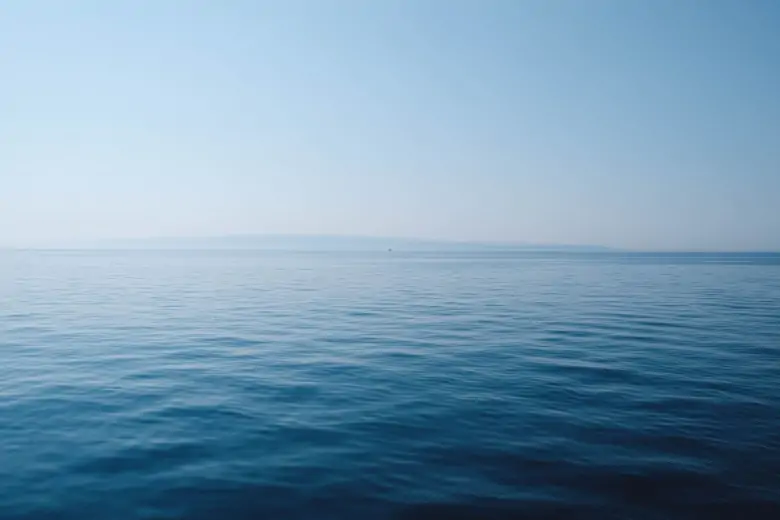
Image Credits: unsplash - Thomas Vimare
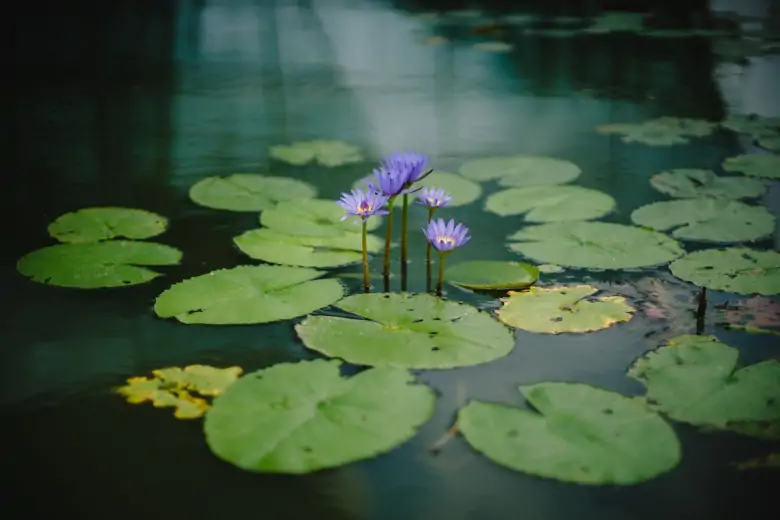
Image Credits: unsplash - bady abbas
For aquatic organisms, the amount of mineral salts dissolved in water can affect their survival. Hence, some aquatic organisms are adapted to living in very salt water (e.g. sea) while others are adapted to living in streams and freshwater ponds, where the salt content is lower.
pH (acidity or alkalinity)
Living organisms are pH-sensitive. Hence, most organisms live in a neutral environment.
A particular example is the cabbage, where it grows well in soil with a pH of about 7 to 8. Watermelon, on the other hand, grows better in soil with a pH of about 5.5 to 6.5. As for humans, the blood of humans has a pH of about 7.35 to 7.45.
When there are drastic changes to the pH of the environment to which the organisms live in, it can affect the survival of the organisms due to the denaturation of the enzymes that are required to catalyse chemical reactions within the body.
Revision Questions
Here are some questions for us to look into on the objectives of this article.
Question 1:
Which of the following statements correctly describes a population?
- a group of organisms of different species living in an area
- a group of organisms of the same species living in an area
- many groups of organisms of different species interacting with each other and the environment they live in
- the study of the interactions between many groups of organisms of different species and the environment they live in
Solution:
(B) a group of organisms of the same species living in an area
Question 2:
Which of the following statements correctly describes a community?
- a group of organisms of different species living in an area
- a group of organisms of the same species living in an area
- many groups of organisms of different species interacting with each other and the environment they live in
- the study of the interactions between many groups of organisms of different species and the environment they live in
Solution:
(A) a group of organisms of different species living in an area
Question 3:
Which of the following statements correctly describes an ecosystem?
- a group of organisms of different species living in an area
- a group of organisms of the same species living in an area
- many groups of organisms of different species interacting with each other and the environment they live in
- the study of the interactions between many groups of organisms of different species and the environment they live in
Solution:
(C) many groups of organisms of different species interacting with each other and the environment they live in
Question 4:
Which of the following factors is/are classified as abiotic?
- algae
- oxygen
- Sun
- wind
- I and III only
- II only
- II and III only
- III and IV only
Solution:
(C) II and III only
Explanation:
The abiotic environment refers to the non-living (physical) environment to which the organisms live in. The amount of oxygen available and the presence of sunlight are factors that living organisms will consider, in order to ensure their survival within the environment.
Question 5:
Read the following example. Identify the physical factor that determines the type of organisms living in the area.
Camels live in desert environments while cows do not.
- air
- mineral salts
- temperature
- water
Solution:
(D) water
Explanation:
Camels are able to live in the desert due to the presence of the humps that contain fats. These fats can break down and turn into water, which can then be used by the camels. Cows, on the other hand, do not have such mechanisms within their bodies to store water. Hence, cows are unable to live in an environment with little water while camels are able to do so.
Question 6:
Read the following example. Identify the physical factor that determines the type of organisms living in the area.
Mangrove trees grow well in waters with high salt content.
- air
- light
- salinity
- water
Solution:
(C) salinity
Explanation:
Mangrove trees grow well in waters with high salt content because they are able to excrete the excess salt through the glands in their leaves.
Question 7:
Read the following example. Identify the physical factor that determines the type of organisms living in the area.
Earthworms need a damp and dark environment to survive.
- air
- light
- pH
- salinity
Solution:
(B) light
Explanation:
Earthworms are very sensitive to light as the heat from the light can dry them up, preventing them from taking oxygen. Their skin is usually moist, which allows for oxygen to dissolve and diffuse into the body. Earthworms do not have eyes but they are able to sense light through their skin, due to the presence of receptors. Hence, earthworms are often found in damp and dark environments.
| Continue Learning | |
|---|---|
| Chemical Changes | Energy And Work Done |
| Transfer Of Heat Energy And Its Effects | Interactions Within Ecosystems |
| Electrical Systems | Transport System In Living Things |
| Interactions Through The Application Of Forces | Human Sexual Reproductive System |
| Acids And Alkalis | |
 SG
SG  VN
VN 


